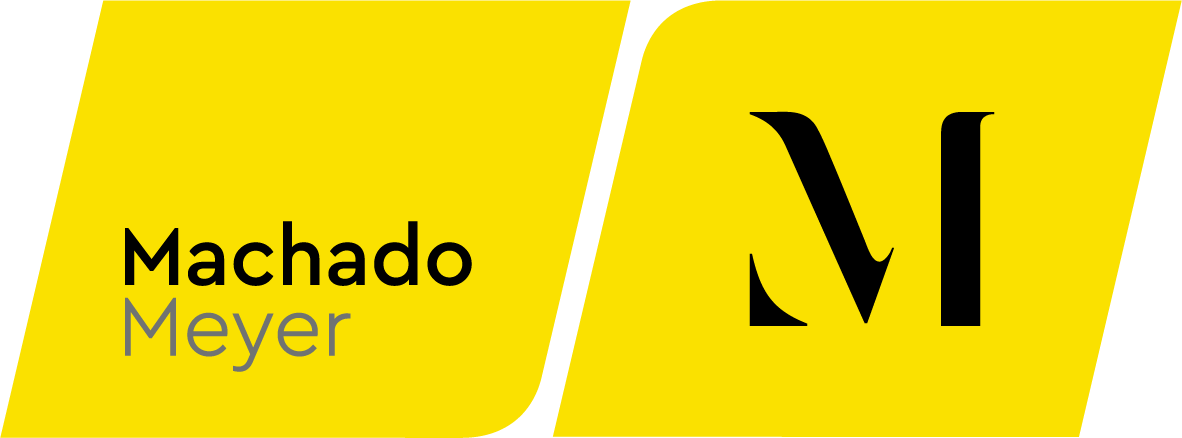According to data from the Occupational Health and Safety Observatory[1], a project by the Labor Prosecutor’s Office (MPT) and the International Labour Organization – Brazil (ILO-Brazil), in 2024, the Brazilian Social Security (INSS) spent approximately BRL 81.6 billion on benefits related to workplace accidents, including work-related sick leave, work-accident assistance, and death pensions due to work-related accidents.
In light of this scenario, INSS has intensified efforts to recover part of these funds through more effective mechanisms for inspecting and holding accountable companies that violate occupational health and safety regulations. One such effort involves filing so-called “regressive lawsuits”[2] against employers to recover the amounts spent on these benefits.
In January of this year, the Labor Court issued Joint Act 4/25, establishing that when a final judgment recognizes the employer’s fault in a workplace accident or occupational illness, the Federal Government must be:
- notified of the final judgment; and
- included as a third party in the judicial proceeding.
Until then, there was only a recommendation for judges to forward copies of judgments and decisions recognizing employer fault in workplace accidents to the Federal Attorney General’s Office (PGF).
Now, with the mandatory nature introduced by the new regulation, the risk to be sued by the INSS in regressive lawsuits increases for companies.
As a result, employers may face significant and unexpected financial impacts arising from judgments in regressive lawsuits. They may be required to reimburse INSS for the amounts spent on benefits paid to employees who were victims of occupational illnesses or workplace accidents.
Additionally, under the new regulation, INSS gains a more active role in monitoring benefits paid to insured individuals: once notified of a decision recognizing employer fault in cases of workplace accidents and occupational illnesses, INSS may review the nature of the benefit granted to the employee.
This means that, in such cases, INSS may reclassify the benefit from a general to an accident-related one, directly impacting the company’s Accident Prevention Factor (FAP) and its social security contribution costs[3].
For this reason as well, it is essential that companies adopt a strategic approach to managing occupational risks, taking into account health and safety regulations in the workplace.
From a practical standpoint, several measures can be adopted not only to prevent workplace incidents but also to demonstrate the employer’s lack of fault in potential labor claims filed by employees or regressive lawsuits filed by INSS. Among these preventive measures, we highlight:
- Audits and inspections: It is essential to implement internal audits and regular inspections, with checklists, at the company’s facilities. This allows for the identification and correction of potential health and safety risks, as well as verification of compliance with occupational health and safety regulations. Throughout the process, it is crucial to identify legal risks, mitigation measures, and implement action plans.
- Updated environmental technical reports and compliance with regulatory standards (NRs): Complying with NRs and maintaining updated environmental technical reports that reflect the actual workplace conditions is crucial. This includes legal assessments of the establishment and sizing of the Internal Commission for Accident Prevention (CIPA), the Specialized Services in Safety Engineering and Occupational Medicine (SESMT), and compliance with ergonomic standards, among others.
- Regular training: Conducting periodic training for all employees on safety practices, proper use of Personal Protective Equipment (PPE), and emergency procedures increases awareness and empowers employees to act safely. Training should also address psychosocial aspects of the work environment. All training sessions and employee attendance must be properly documented for potential use as evidence in future proceedings.
- Safety policies: Establishing and disseminating clear health and safety policies, including procedures to follow in case of accidents and guidance on how to report risk situations. These policies must be accessible and known to all employees.
- Safety committees: Through committees, those responsible for the EHS (Environment, Health & Safety) area can discuss safety issues, propose improvements, and monitor the effectiveness of implemented measures.
- Analysis of past accidents and incidents: Conducting detailed analyses of any accidents or incidents that occur, identifying their causes, and implementing corrective measures to prevent recurrence. It is advisable for the company’s legal counsel to monitor the incident investigations to provide guidance on legal compliance and assess labor, social security, and potential civil liability consequences.
- Best practices for health promotion: Implementing health promotion programs, such as vaccination campaigns, workplace exercise sessions, lectures on mental and physical health, and encouraging physical activity.
We emphasize that the measures mentioned above are illustrative and should be adapted to the specific circumstances of each company.
It is certain, however, that by adopting practices that enhance risk management systems and promote continuous improvement of the work environment, the employer not only fulfills legal obligations but also demonstrates concern for the safety and health of its employees.
Investments in occupational health and safety have increasingly become essential components of risk management and business sustainability strategies.
[1] SMARTLAB. Occupational Health and Safety Observatory. Accessed on June 24, 2025.
[2] A regressive lawsuit is a type of legal action filed by INSS against employers which, due to negligence in complying with occupational health and safety regulations, caused accidents or occupational illnesses that led to the payment of social security benefits to workers. In practice, INSS pays the benefit to the worker but then seeks judicial reimbursement from the employer for the amounts paid, when it is proven that the accident or illness was caused by the company’s fault. The regressive lawsuit is provided for in Article 120 of Law No. 8,213/91.
[3] The calculation of the Accident Prevention Factor (FAP), among other indicators, takes into account the records of social security benefits granted to employees due to work-related accidents or illnesses associated with the employer’s activity risks. The higher the FAP index, the higher the company’s adjusted Work Accident Risk (RAT) rate will be and, consequently, the greater the amount to be collected as social security contributions.
